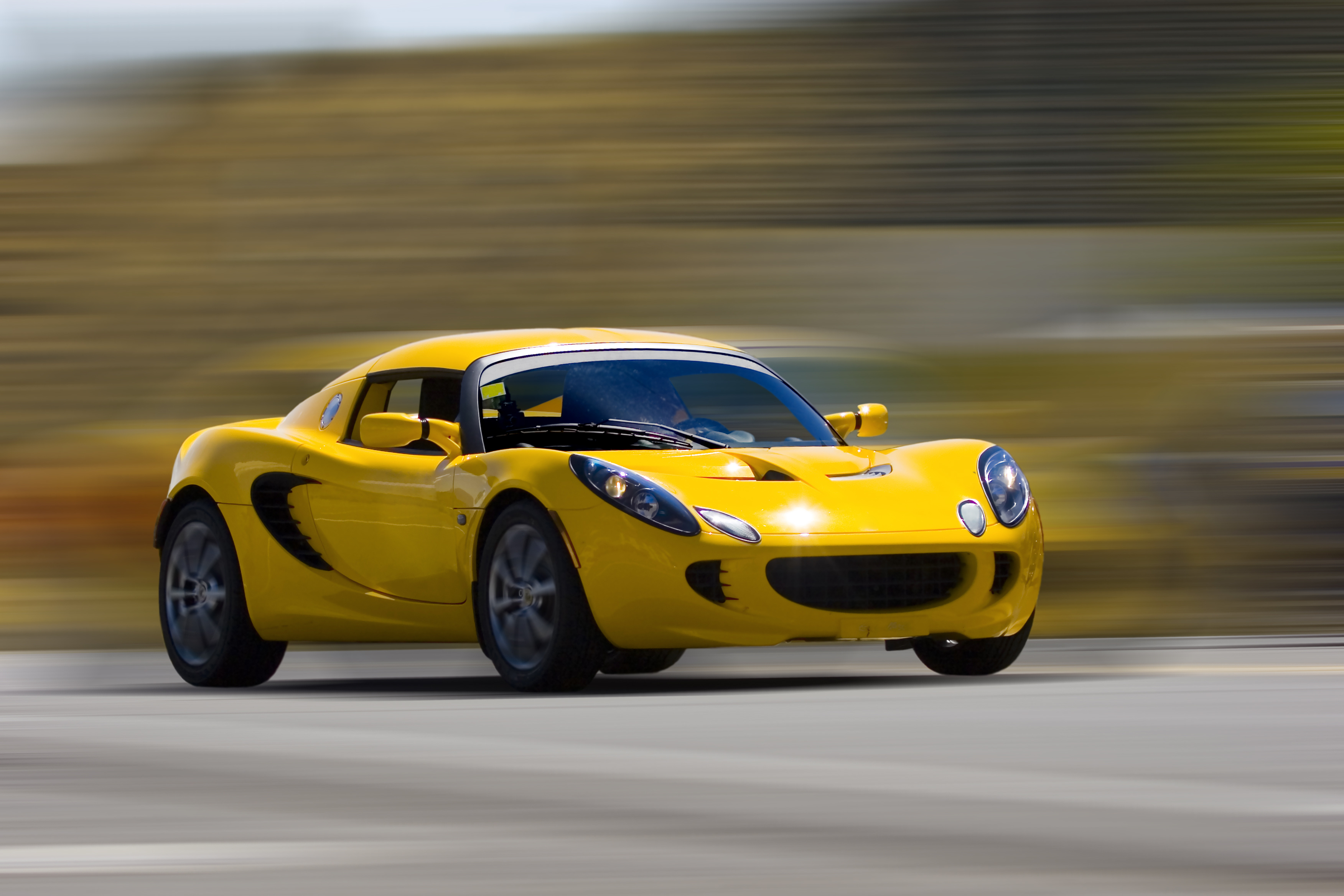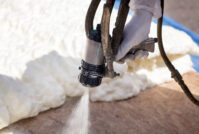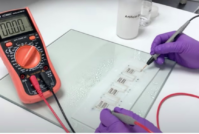look what we did!
Category: Automotive
Lightweighting with PU to Increase Fuel Efficiency
You may have heard the term “lightweighting” when it comes to making vehicles that are more fuel efficient, but do you know what it means?
The term is championed by those in the automotive and aerospace industries. While at its core it refers to using lighter components in place of heavier ones in a vehicle, it can also mean using fewer components overall and making parts and components in such a way that is more fuel efficient or will reduce the industry’s carbon footprint from the production of cars and trucks.
For years, automotive manufacturers have been finding new and creative ways of using polyurethane as an effective means of lightweighting vehicles. By the Environmental Protection Agency’s own estimates, reduction in vehicle weight can save approximately 451 lives per billion miles traveled. The idea that heavier means safer has gone out the window. For example, today, we know that the use of less stiff materials in a crumple zone provides the ability to absorb impacts, preventing injuries and saving lives.
Manufacturers are increasingly looking to thermoplastic polyurethane, which can be used to create brackets holding different components in place in the dashboard and door panels. But this is just one of several ways that polyurethane components are being used.
Another is in automotive interiors. Particularly in luxury vehicles, car manufacturers know it is crucial that they create cabins that do not sacrifice style or comfort. The use of polyurethane in these vehicles’ headliners, seats, headrests and on the dashboard and door panels can help dampen unwanted noise and vibration and add significant weight reduction – while simultaneously offering attractiveness and durability.
2017 was a record-breaking year for fuel efficiency. Manufacturers’ new models achieved 24.9 mpg according to the Environmental Protection Agency. As the automotive industry continues to break new ground in the areas of lightweighting and fuel efficiency, the use of polyurethane in vehicles continues to rise.Today, automotive analysts report that around 18 percent of the weight in an average mid-sized car is polyurethane. That percentage will likely increase in the coming years as manufacturers find new ways to improve vehicles’ fuel efficiency, appeal and performance.

























